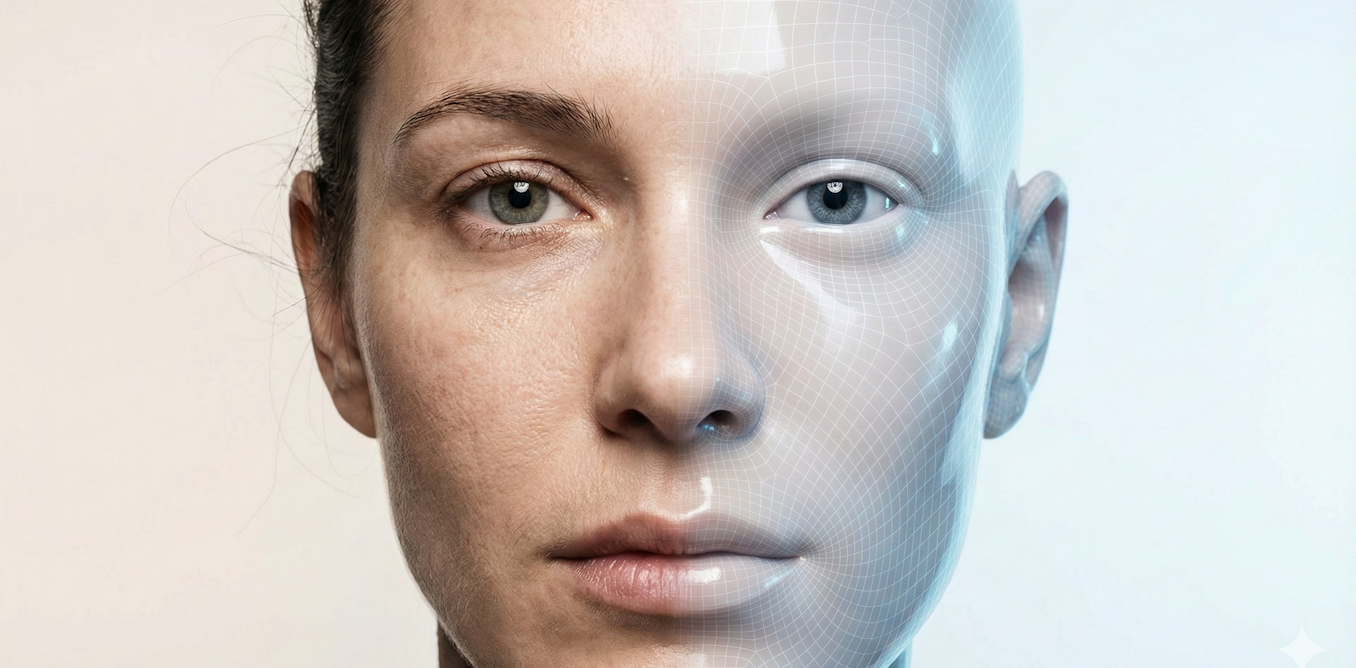Video Friday is your weekly selection of awesome robotics videos, collected by your friends at IEEE Spectrum robotics. We also post a weekly calendar of upcoming robotics events for the next few months. Please send us your events for inclusion.
Humanoids Summit: 11–12 December 2024, MOUNTAIN VIEW, CA
Enjoy today’s videos!
Proxie represents the future of automation, combining advanced AI, mobility, and modular manipulation systems with refined situational awareness to support seamless human-robot collaboration. The first of its kind, highly adaptable, collaborative robot takes on the demanding material handling tasks that keep the world moving. Cobot is incredibly proud to count as some of its first customers industry leaders Maersk, Mayo Clinic, Moderna, Owens & Minor, and Tampa General Hospital.
[ Cobot ]
It’s the world’s first successful completion of a full marathon (42.195km) by a quadruped robot, and RaiLab KAIST has helpfully uploaded all 4 hours 20 minutes of it.
[ RaiLab KAIST ]
Figure 02 has been keeping busy.
I’m obligated to point out that without more context, there are some things that are not clear in this video. For example, “reliabilty increased 7x” doesn’t mean anything when we don’t know what the baseline was. There’s also a jump cut right before the robot finishes the task. Which may not mean anything, but, you know, it’s a robot video, so we always have to be careful.
[ Figure ]
We conducted a 6-hour continuous demonstration and testing of HECTOR in the Mojave Desert, battling unusually strong gusts and low temperatures. For fair testing, we purposely avoided using any protective weather covers on HECTOR, leaving its semi-exposed leg transmission design vulnerable to dirt and sand infiltrating the body and transmission systems. Remarkably, it exhibited no signs of mechanical malfunction—at least until the harsh weather became too unbearable for us humans to continue!
[ USC ]
A banked turn is a common flight maneuver observed in birds and aircraft. To initiate the turn, whereas traditional aircraft rely on the wing ailerons, most birds use a variety of asymmetric wing-morphing control techniques to roll their bodies and thus redirect the lift vector to the direction of the turn. Here, we developed and used a raptor-inspired feathered drone to find that the proximity of the tail to the wings causes asymmetric wing-induced flows over the twisted tail and thus lift asymmetry, resulting in both roll and yaw moments sufficient to coordinate banked turns.
A futuristic NASA mission concept envisions a swarm of dozens of self-propelled, cellphone-size robots exploring the oceans beneath the icy shells of moons like Jupiter’s Europa and Saturn’s Enceladus, looking for chemical and temperature signals that could point to life. A series of prototypes for the concept, called SWIM (Sensing With Independent Micro-swimmers), braved the waters of a competition swim pool at Caltech in Pasadena, California, for testing in 2024.
[ NASA ]
The Stanford Robotics Center brings together cross-disciplinary world-class researchers with a shared vision of robotics’ future. Stanford’s robotics researchers, once dispersed in labs across campus, now have a unified, state-of-the-art space for groundbreaking research, education, and collaboration.
[ Stanford ]
Agility Robotics’ Chief Technology Officer, Pras Velagapudi, explains what happens when we use natural language voice commands and tools like an LLM to get Digit to do work.
[ Agility ]
Agriculture, fisheries and aquaculture are important global contributors to the production of food from land and sea for human consumption. Unmanned underwater vehicles (UUVs) have become indispensable tools for inspection, maintenance, and repair (IMR) operations in aquaculture domain. The major focus and novelty of this work is collision-free autonomous navigation of UUVs in dynamically changing environments.
Thanks, Eleni!
—O_o—
[ Reachy ]
Nima Fazeli, assistant professor of robotics, was awarded the National Science Foundation’s Faculty Early Career Development (CAREER) grant for a project “to realize intelligent and dexterous robots that seamlessly integrate vision and touch.”
[ MMint Lab ]
This video demonstrates the process of sealing a fire door using a sealant application. In cases of radioactive material leakage at nuclear facilities or toxic gas leaks at chemical plants, field operators often face the risk of directly approaching the leakage site to block it. This video showcases the use of a robot to safely seal doors or walls in the event of hazardous material leakage accidents at nuclear power plants, chemical plants, and similar facilities.\
[ KAERI ]
How is this thing still so cool?
[ OLogic ]
Drag your mouse or move your phone to explore this 360-degree panorama provided by NASA’s Curiosity Mars rover. This view was captured just before the rover exited Gediz Vallis channel, which likely was formed by ancient floodwaters and landslides.
[ NASA ]
This GRASP on Robotics talk is by Damion Shelton of Agility Robotics, on “What do we want from our machines?”
The purpose of this talk is twofold. First, humanoid robots – since they look like us, occupy our spaces, and are able to perform tasks in a manner similar to us – are the ultimate instantiation of “general purpose” robots. What are the ethical, legal, and social implications of this sort of technology? Are robots like Digit actually different from a pick and place machine, or a Roomba? And second, does this situation change when you add advanced AI?
[ UPenn ]

The post “Video Friday: Cobot Proxie” by Evan Ackerman was published on 11/22/2024 by spectrum.ieee.org
























